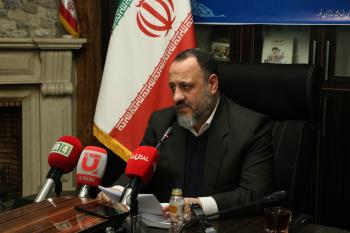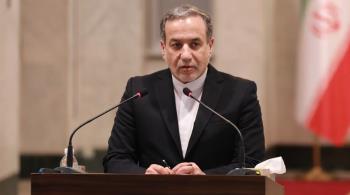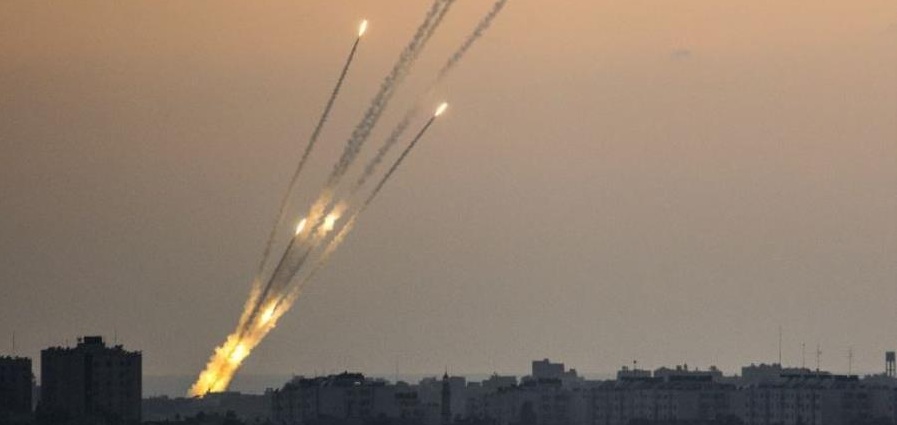Alwaght- The wars always play as the key for transformation and change in the center-periphery equations of the international order, either in the inter-state relations or in the political systems containing inferior and superior discourses. Of course, the Israeli-Palestinian dispute over the past 70 years are not an exception. The historical Palestinian territory now is in the middle of a sensitive stage as it shows signs being in a transition period. In the middle of this, an examination of the recent three-day war between the Israeli regime and the besieged Gaza Strip can help draw an outlook of the relations between the Palestinians as inferiors and the Israelis as superiors.
The three-day war consequences for Israelis
The transfer of the American embassy to al-Quds (Jerusalem), Netanyahu’s win of the recent parliamentary election, and some Arab regimes’ push toward the Arab-Israeli diplomatic normalization have created the notion in the mind of the Israeli leaders that currently the Israeli superiority over the Palestinian factions is in its best status. At the same time, Tel Aviv uses the maximum economic blockade strategy along with its military and political pressure campaign. But the outcome has been different from what Tel Aviv calculated to happen.
Iron Dome air defense failure
Within the recent confrontation, Hamas and Islamic Jihad fired some 700 rockets into the occupied territories. According to news sources, 117 of the rockets were fired in an hour, practically rendering the Iron Dome, a much-vaunted Israeli air defense system, totally unviable. Israeli daily Maariv on Saturday in a report on the system said that the Israeli military seeks to develop a laser system in the face of the Palestinian rockets to compensate for Iron Dome weakness. This means that the Israelis officially admit the vulnerability of their anti-missile facility in the future attacks by the resistant groups.
Israeli military weakness
The Israeli Defense Forces (IDF) focus on air defense and superiority and their infrastructures are highly weak for the ground combats. Amos Harel, an Israeli strategic affairs expert, commented on the issue, saying that the Israeli military still seeks to merge the air and ground combat methods which include seizing territories so that it provides itself with deterrence and reaction power in the face of rocket attacks. If this method fails, he adds, the Israeli home front will sustain severe blows in a future confrontation.
Commenting on the unreadiness of the Israeli internal front for a possible war, Maariv suggests that only 10 percent of essential 150 infrastructures were reinforced for possible wars in the future. Former Israeli Defense Minister Avigdor Lieberman warns that the worst scenario in the future war is related to the unprecedented number of casualties both in the military ranks and the home front. He adds that the number of wounded could go beyond 2,000. That is the reason the Israeli military sought Egypt’s help for ceasefire recently.
Tel Aviv fails to get public acceptance
In the recent war, Tel Aviv breached the last year ceasefire agreement with Hamas. This made it fail to gain the public green light for the recent war. Even the European countries that always voice their support to Tel Aviv have declined to offer backing to Netanyahu. This is because of the increasing awareness of the Western public about the Israeli treachery in dealing with the Palestinian rights. Federica Mogherini, the EU foreign policy chief, in a message to the two sides called for de-confliction using diplomacy. The EU countries have been at odds with Tel Aviv since last year. The bloc rejected to welcome the US relocation of the embassy as it did with the Israeli annexation of the occupied Syrian Golan Heights. In fact, the recent war made it clear to the Israelis that the world will no longer get fooled with their lies and innocence game.
Fragile security and pressure on new cabinet
In early May confrontation, 15 Palestinians and three Israelis were killed. Many Israelis were also injured as a result of the escalation. Such casualties for the Israeli public who are frequently exposed to the stories of the Israeli military invincibility are unacceptable. Any increase in insecurity will put strains on Prime Minister Benjamin Netanyahu government. A failure in last months to address the insecurity made his previous cabinet fall apart. Netanyahu placed his election campaign on the spread of fear about the security vulnerability and won. But now his policies only led to further security vulnerability.
The recent war’s results for Gaza-based groups
While the Arab-Israeli pressures with American sponsorship increase on the Palestinian factions to bow to the “deal of the century”, the resistant groups’ recent attacks have changed the calculations on the ground.
Gazan groups unite
When the Islamic Jihad test-fired a new rocket into the sea, the Israeli military reduced Gaza fishing borders to 5 miles from 20 miles off Gaza shore. The tightening of the economic blockade seeks two goals: First, pressuring Gaza people. The World Bank says the unemployment rate in the Palestinian enclave is now 52 percent as a result of the over-a-decade siege. And second, sowing division between Hamas and the Islamic Jihad. But the scheme failed upon its initiation and backfired. Unmatched Hamas-Jihad coordination was the key to success in early May war. Ziyad al-Nakhaleh, Jihad’s secretary general, said that his group and Hamas agreed to launch a joint operation command to face the Israeli hostilities. He pointed to the Israeli hope to see the two divided, adding that Hamas-Jihad coordination is at the “highest level.”
Creating offensive-defensive balance
The resistant groups in the recent encounter exhibited the significance of home-grown military power. Part of Hamas and Jihad-fired rockets were hand-made. Walla news outlet of the Israeli regime following the Palestinian rocket response said that Gaza-based groups now equal Lebanese Hezbollah when it comes to military power, adding that IDF prediction is that in case of another war, one thousand rockets can be fired at the Israeli settlements every day. This indicates that the offensive-defensive balance has happened in the confrontation of Tel Aviv. According to this balance, the notion of high costs of offensive makes the aggressor refrain from attacks on the opposite side.
Resistance more viable than compromise
The Israeli media propaganda over the past year has been spreading the idea that surrender and bowing to the deal of the century, which will strip the Palestinians of many rights including the right of return, is the only way to solve the decades-long conflict. A recently published report suggests that Jared Kushner, Trump’s son-in-law and advisor, has denied any place for the two-state solution in the deal of the century, which is expected to be unveiled by Trump administration after the holy month of Ramadan. The recent war proved that resistance and unity is the best way in the face of unquenchable Israeli expansionism and hostility. After exchange of attacks, Tel Aviv opened two border crossings of Erez and Kerem Shalom with Gaza as concessions in an effort to normalize the situation. The Israeli regime also dealt cautiously with Nakbah Day (Day of Catastrophe) demonstrations that condemn the creation of the Israeli regime. The past month's resistance to the Israeli violations sent a message to Tel Aviv and its backers that any solution should pass through respect to Palestinian rights, otherwise, it will fail.



























